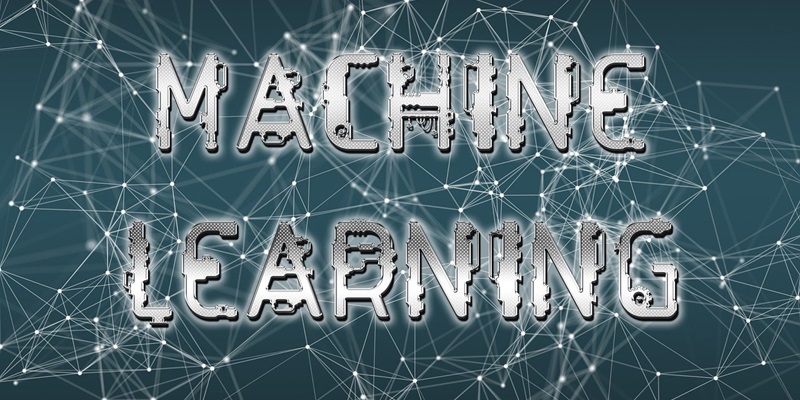In today’s highly digitized world, the fields of machine learning and artificial intelligence (AI) have rapidly become synonymous with technological advancement. However, to truly comprehend the current state and potential future of these technologies, it is crucial to delve into their evolution and the factors driving their progress.
Definition and focus of machine learning as a subset of AI
Machine learning, a subset of AI, focuses on the development of algorithms that enable computers to learn patterns and make predictions or decisions based on large volumes of data. It essentially empowers machines to adapt and improve with experience without explicit programming.
The synergistic relationship between machine learning and AI
The intersection of machine learning and AI has been instrumental in driving progress in both fields. While AI aims to create intelligent systems capable of mimicking human intelligence, machine learning provides the foundation upon which these systems are built, enabling them to learn, adapt, and optimize their performance.
The role of exponential growth in data in the evolution of machine learning and AI
One of the defining factors propelling the evolution of machine learning and AI is the exponential growth in data. With the advent of the digital age, an enormous amount of data is generated and stored every second. This abundance of data has opened up new possibilities for machine learning models, allowing them to generate valuable insights and predictions.
The impact of big data on the development of machine learning models and new AI applications
The availability of big data has not only accelerated the development of machine learning models but has also paved the way for new AI applications that were previously unimaginable. With vast amounts of data at their disposal, machines can now analyze patterns and correlations that would have been inconceivable before, revolutionizing fields such as healthcare, finance, and transportation.
The increasing power of computers and their contribution to training complex machine learning models
As computers become more powerful, they can process and analyze larger datasets more efficiently, enabling the training of complex machine learning models. The exponential growth in computational capabilities has allowed AI systems to tackle more intricate problems, offering potential solutions and augmenting human decision-making processes.
The role of specialized hardware, such as GPUs, in accelerating AI model training and deployment
The emergence of specialized hardware, such as graphics processing units (GPUs), has further accelerated the training and deployment of AI models. GPUs provide parallel computing capabilities, allowing for faster processing and training of complex models. This has significantly reduced the time required to develop solutions, democratizing the accessibility of AI across industries.
The significance of open-source communities and research institutions in advancing machine learning and AI is significant
Open-source communities and research institutions have played a crucial role in sharing knowledge, developing new algorithms, and benchmarking performance within the field of machine learning and AI. Collaborative efforts between researchers and practitioners have propelled innovation, enabling breakthroughs in various domains and fostering a vibrant ecosystem.
Future prospects and intersections of machine learning and AI
Looking ahead, the paths of machine learning and AI are expected to continue intersecting and driving each other’s progress. As technology advances, new algorithms and techniques will be developed to address complex challenges in diverse fields, such as natural language processing, robotics, and augmented reality. The potential for machines to understand and learn from unstructured data and human-like interactions holds immense promise.
The evolution of machine learning and AI is an ongoing journey marked by exponential growth in data, advancements in computing power, and collaborative efforts of communities and institutions. As these technologies continue to advance, their paths are set to intersect even further, leading to new possibilities and transforming various industries. Embracing and understanding this evolution is crucial for individuals, organizations, and society at large to harness the unprecedented potential of machine learning and AI in shaping a brighter, more efficient future.

